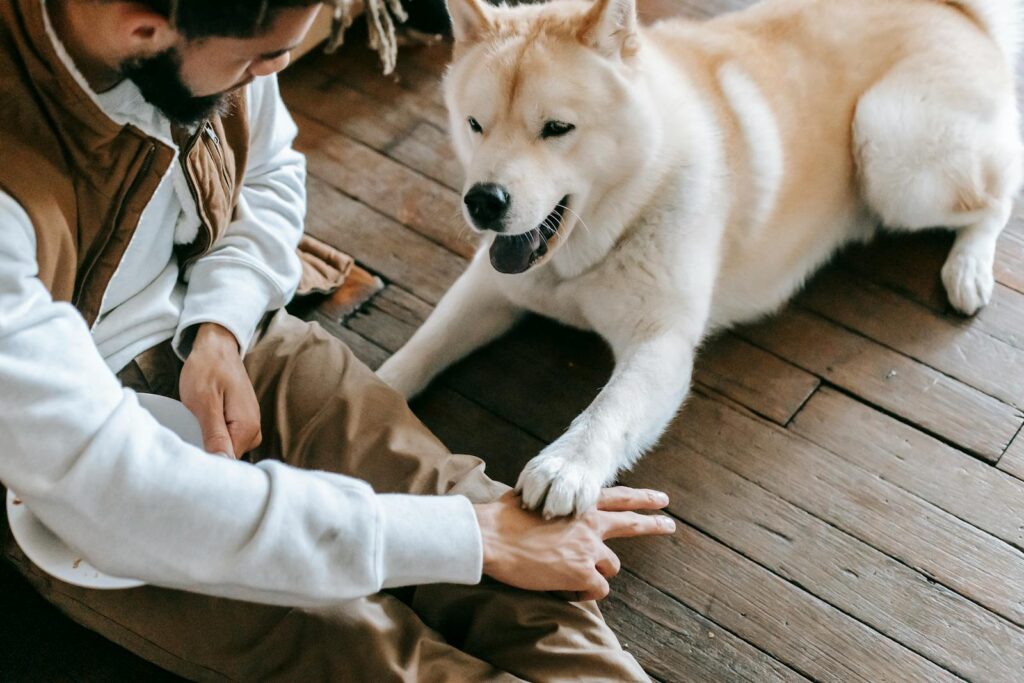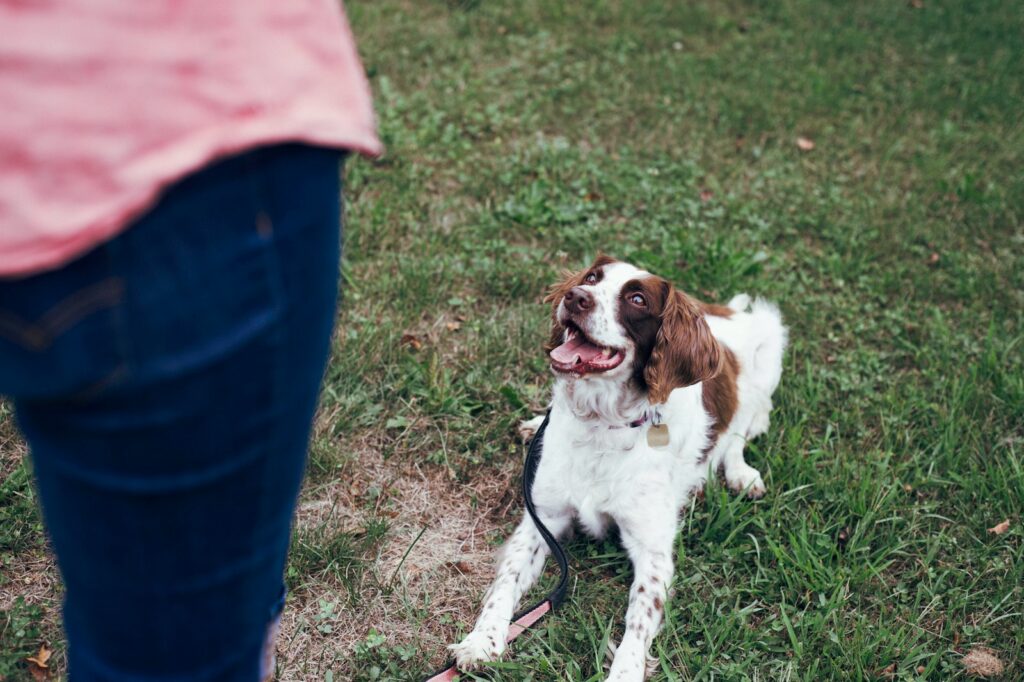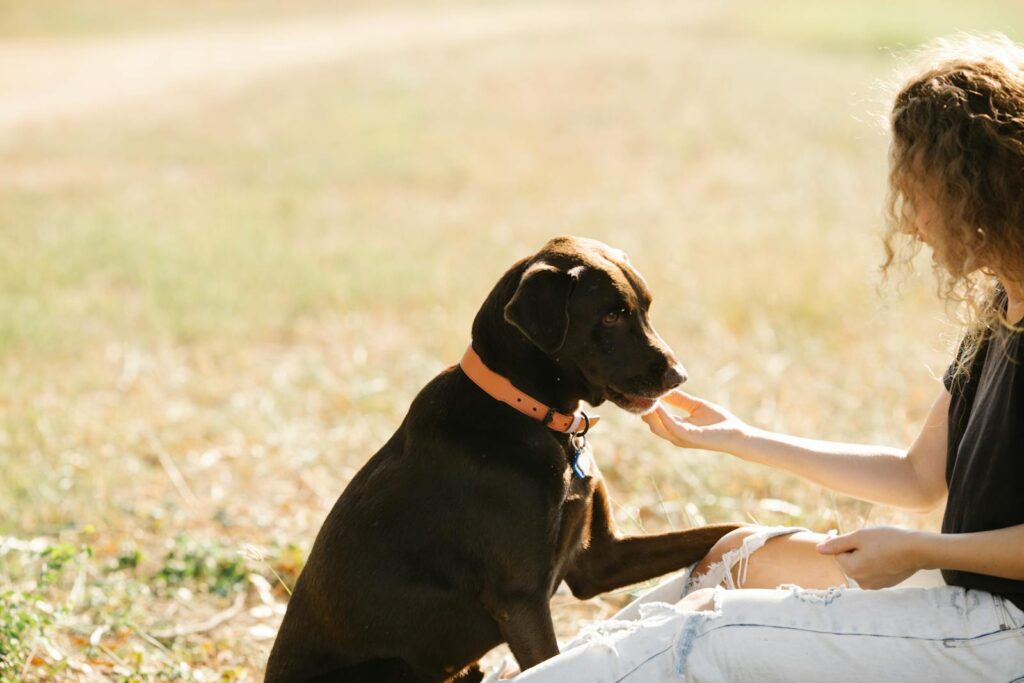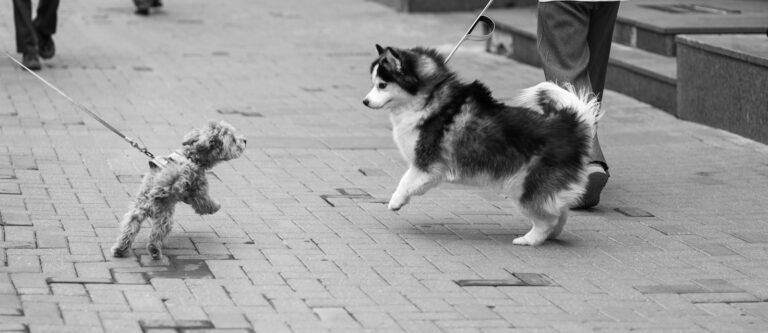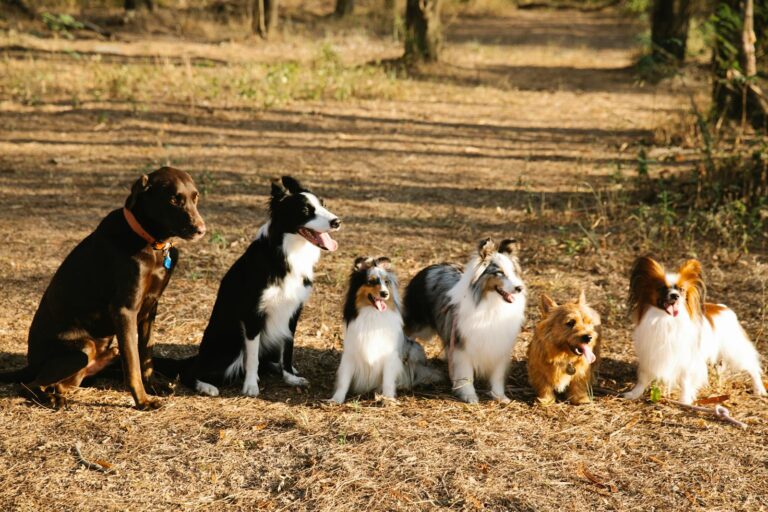The Importance of Hand Signals in Dog Training
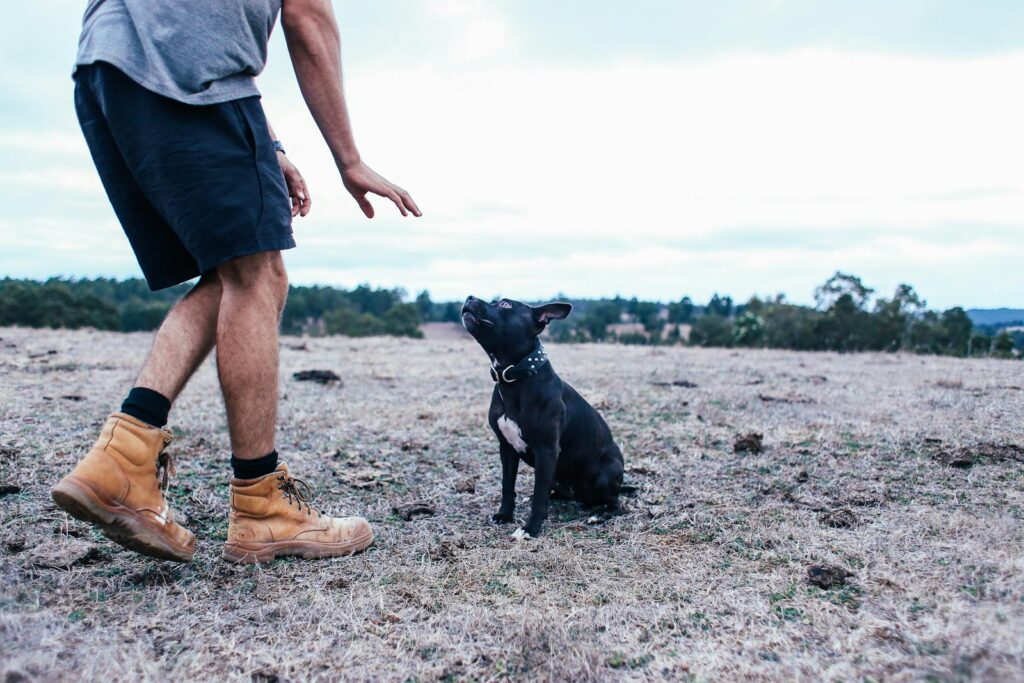
Effective communication is the foundation of successful dog training. While verbal commands are commonly used, many dog owners don’t realize that dogs naturally respond better to visual cues. Incorporating hand signals into training enhances understanding, improves responsiveness, and strengthens the bond between you and your pup.
In this blog, we’ll explore why hand signals work so well, the essential ones every dog should learn, and how to introduce them alongside verbal commands.
How Dogs Respond to Visual Cues Better Than Verbal Commands
Dogs are naturally observant creatures. They rely heavily on body language to interpret the world around them. While they can learn to recognize words, they often respond faster and more accurately to visual cues than spoken commands.
Here’s why hand signals are so effective in training:
✔ Clear Communication – Unlike verbal commands, which can be misheard, visual cues remain consistent.
✔ Better Focus – Dogs tend to watch their owners closely, making hand signals easier to follow.
✔ Ideal for Deaf or Aging Dogs – Senior dogs with hearing loss can still understand silent commands.
✔ Useful in Noisy Environments – When there’s background noise or distractions, hand signals cut through the confusion.
By teaching your dog both verbal and non-verbal commands, you give them the best chance at success in any situation.
Basic Hand Signals Every Dog Should Learn
You don’t need to overcomplicate things—a few simple hand signals can go a long way in improving obedience. Here are the most essential ones every dog should know:
1. Sit
✋ Hand Signal: Hold your hand palm-up, then raise it slightly.
💡 Why It’s Important: Reinforces polite behavior, helping to prevent jumping and excitement.
2. Stay
🖐 Hand Signal: Hold your palm out in a stop position.
💡 Why It’s Important: Helps keep your dog safe, especially in high-distraction environments.
3. Come
👋 Hand Signal: Extend your arm outward, then bring it in toward your chest.
💡 Why It’s Important: Critical for recall training, ensuring your dog comes when called.
4. Down
✋ Hand Signal: Hold your hand palm-down, then lower it toward the ground.
💡 Why It’s Important: Encourages calmness and relaxation in dogs.
5. Leave It
🖐 Hand Signal: Show your palm, then move your hand away from the object.
💡 Why It’s Important: Prevents dogs from picking up dangerous or unwanted items.
How to Introduce Hand Signals Alongside Verbal Cues
Training your dog to recognize hand signals is simple, but it requires consistency and patience. Follow these steps to teach your pup:
1. Start with a Verbal Command
Begin with a command your dog already knows (like “Sit” or “Stay”). Say the command clearly while giving the corresponding hand signal.
2. Reward Immediately
As soon as your dog responds correctly, reward them with a treat and praise. Reinforcing the behavior helps them associate the hand signal with the action.
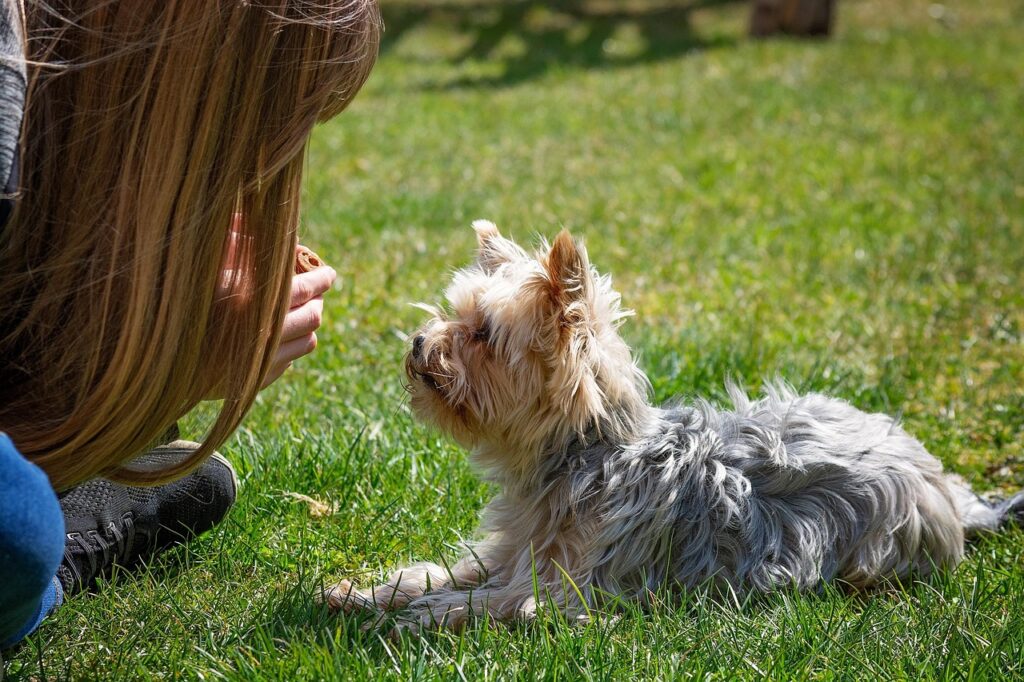
3. Repeat and Phase Out Verbal Cues
After several repetitions, gradually use only the hand signal while reducing verbal cues. Most dogs quickly catch on and start responding to the visual signal alone.
4. Practice in Different Settings
Dogs don’t generalize well, so it’s important to train in different environments—indoors, outdoors, around distractions—to ensure reliability.
Why Professional Training Helps Reinforce Silent Commands
While teaching hand signals at home is a great start, professional dog training can take communication to the next level. Here’s how expert trainers help reinforce silent commands:
✔ Personalized Training Plans – Every dog is different, and trainers tailor techniques to suit their learning style.
✔ Distraction Training – A professional setting helps your dog master hand signals even in high-energy environments.
✔ Stronger Obedience Skills – Trainers reinforce impulse control, making sure your dog responds instantly to commands.
✔ Confidence Building – Proper training strengthens trust between you and your pup, improving overall behavior.
Want to Improve Communication with Your Dog? Let’s Get Started!
Teaching your dog hand signals is a powerful way to improve their responsiveness and strengthen your bond. If you want professional guidance in mastering non-verbal dog communication, our expert trainers at Off Leash K9 Training Missoula can help!
📞 Call (406) 946-3037 or fill out the form below to schedule a FREE consultation today!


